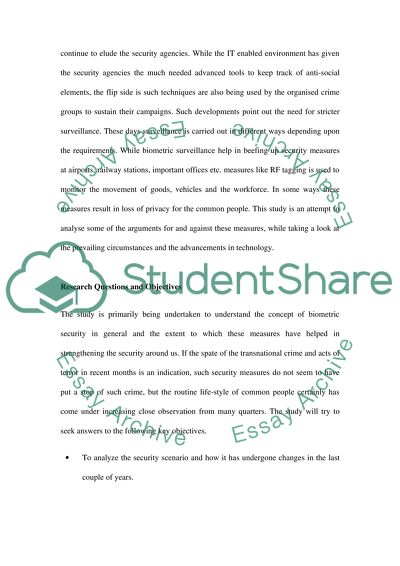Cite this document
(“Biometric Security Essay Example | Topics and Well Written Essays - 3500 words”, n.d.)
Biometric Security Essay Example | Topics and Well Written Essays - 3500 words. Retrieved from https://studentshare.org/technology/1516508-biometric-security
Biometric Security Essay Example | Topics and Well Written Essays - 3500 words. Retrieved from https://studentshare.org/technology/1516508-biometric-security
(Biometric Security Essay Example | Topics and Well Written Essays - 3500 Words)
Biometric Security Essay Example | Topics and Well Written Essays - 3500 Words. https://studentshare.org/technology/1516508-biometric-security.
Biometric Security Essay Example | Topics and Well Written Essays - 3500 Words. https://studentshare.org/technology/1516508-biometric-security.
“Biometric Security Essay Example | Topics and Well Written Essays - 3500 Words”, n.d. https://studentshare.org/technology/1516508-biometric-security.


